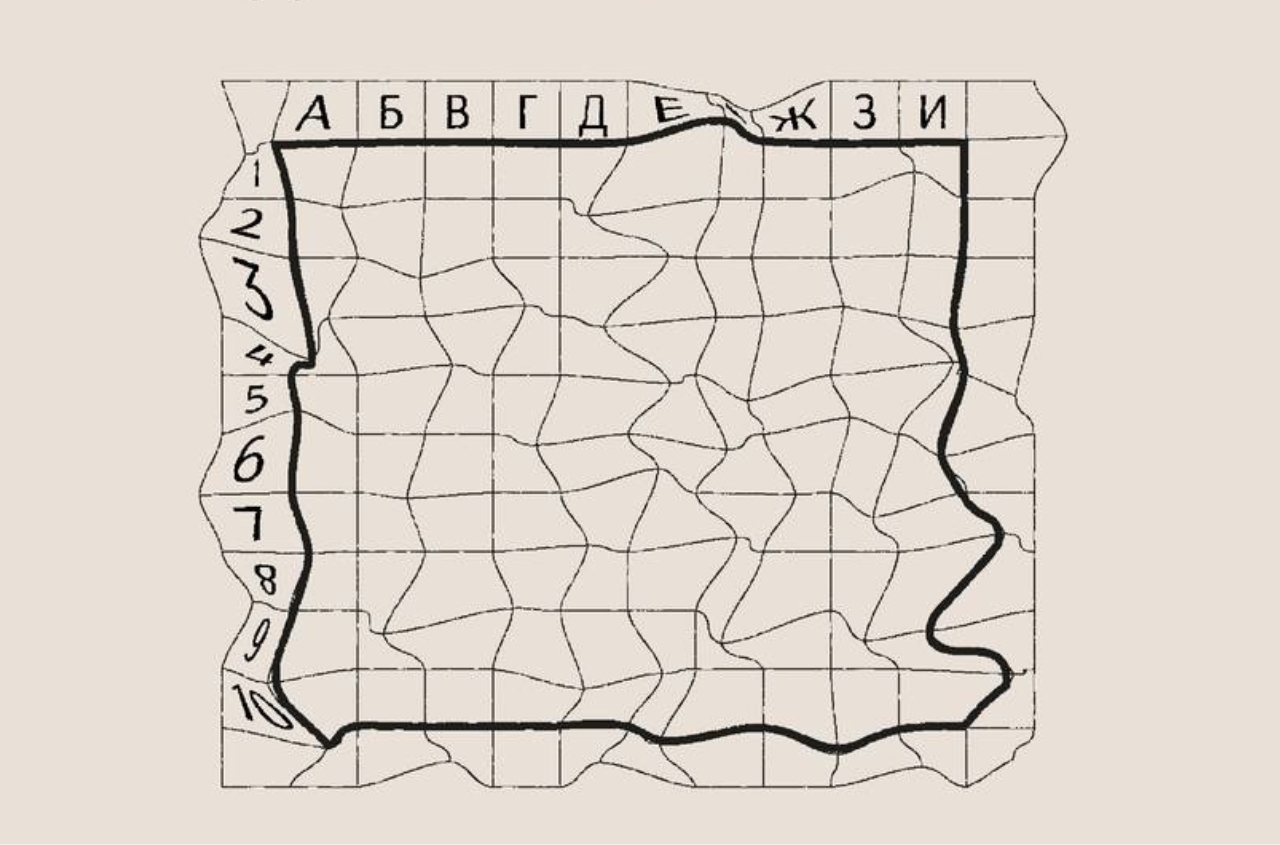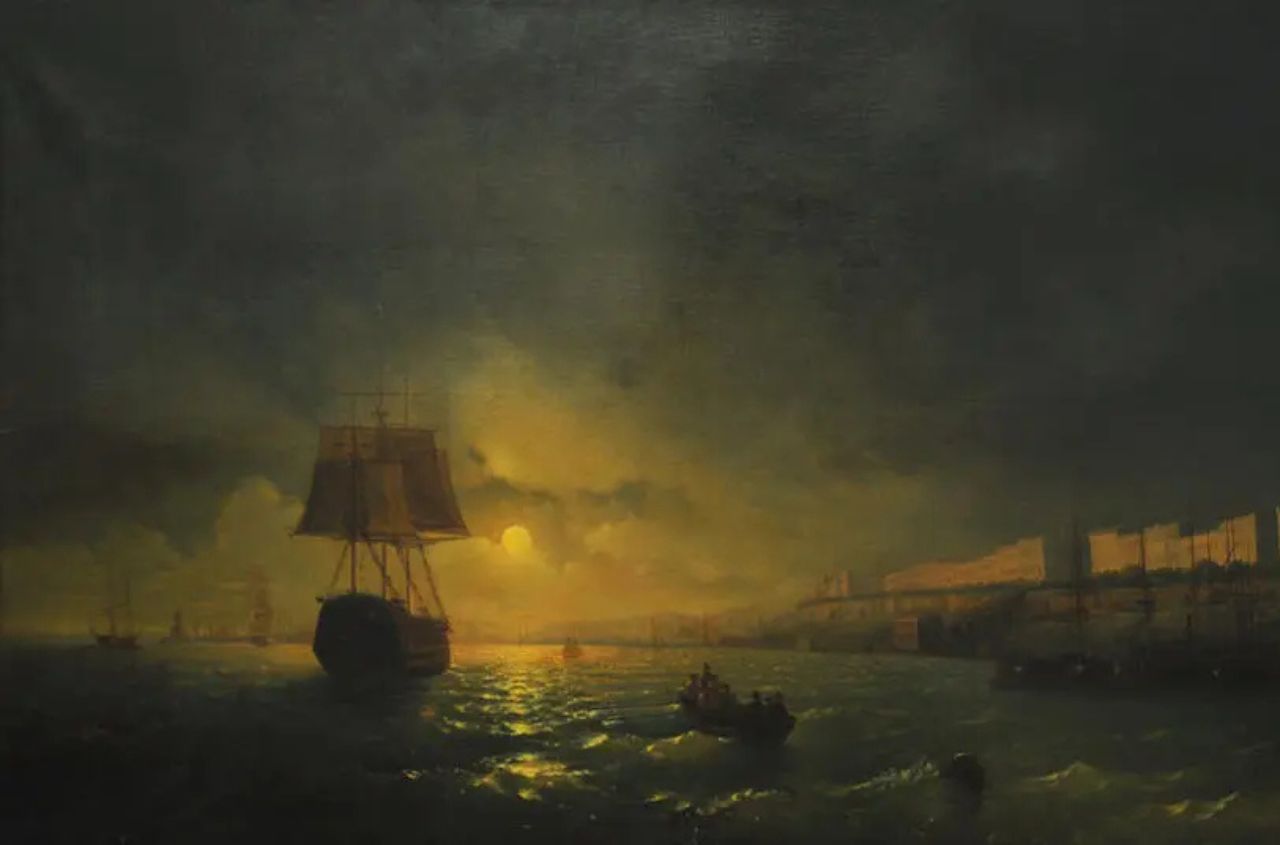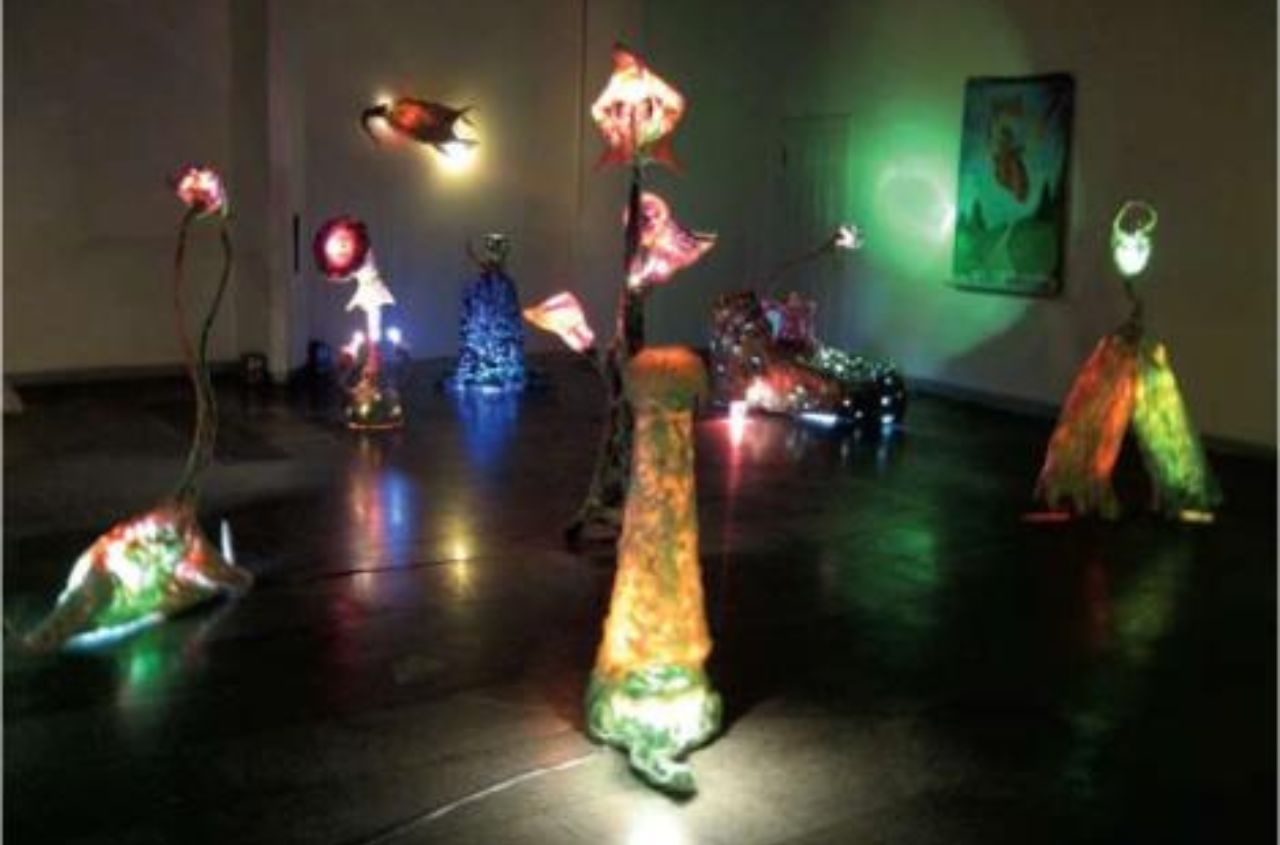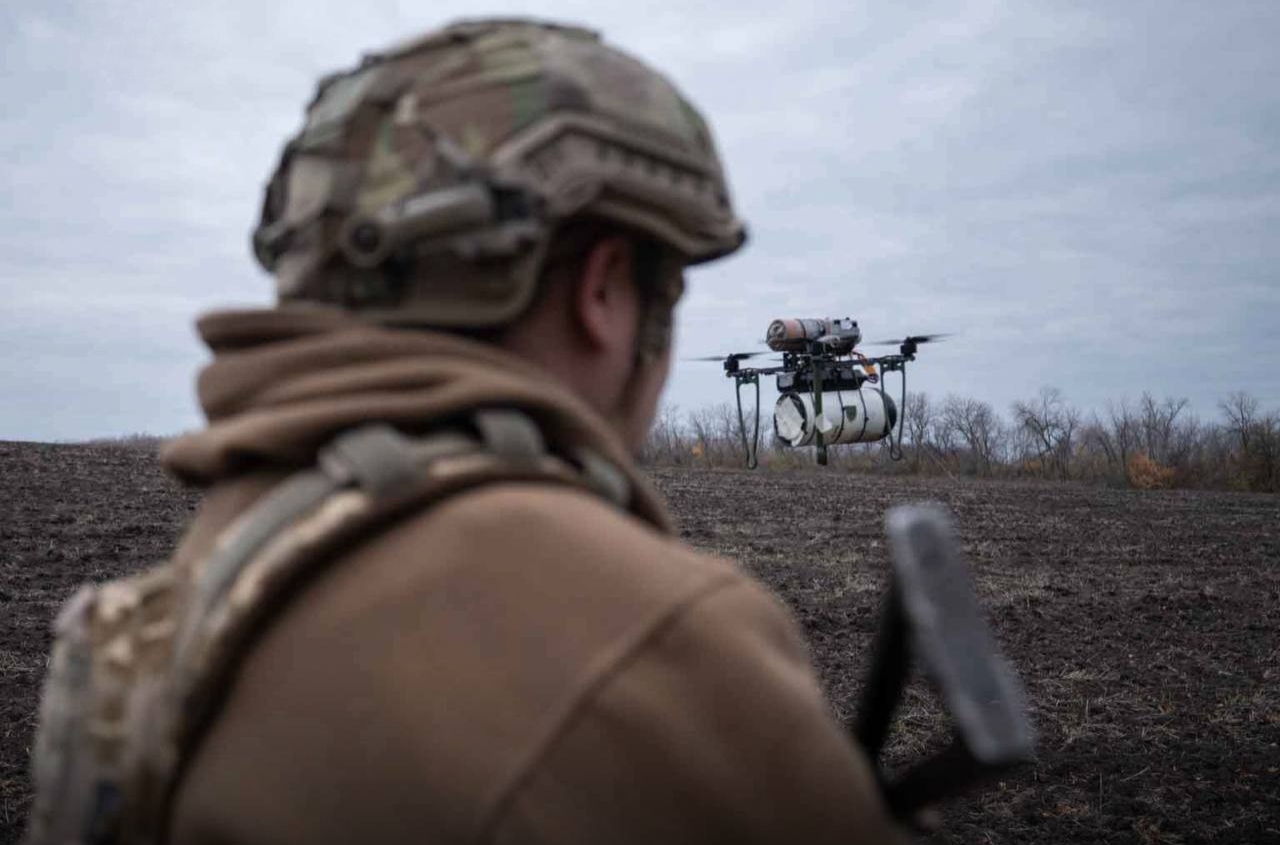The Odessa Art Museum was opened on November 6, 1899 by the efforts of the Odessa Society of Fine Arts (founded in 1865).
Odessa Fine Arts Museum located in central part of the city, in former aristocratic Pototsky palace of early 19th century. This luxurious building is noticeable for its elegance and the best traditions of Russian classicism of the early XIX century.
The first owner of the palace was the Countess Olga Naryshkina (nee Pototskaya). In 1888 the palace was purchased by the Odessa city head Grigoriy Marazli - a prominent public figure, collector and patron of art. In 1892, Marazli transferred the palace to the city, with the aim of building a museum of fine arts in it.
A part of Odessa Fine Arts museum exposition is underground decorative grotto. It is located under the building and represent an artificial cave with a waterfall.
Today in vast palace halls placed one of richest collections of Russian painting in Ukraine. Collection of the Art Museum consists of more than 100 thousand works (including paintings by some of the best-known European artists of late 19th and early 20th century) and covers all kinds of fine arts: painting, graphics, sculpture, applied art. The exposition opens with the creations of icon painters of the 16th-17th centuries and full of original spirit with early secular portraits. In the department of contemporary art you can see works of artists written since the 20-ies of the XX century.
In this article we want to tell you about the 10 most valuable and interesting exhibits of the museum, but we highly recommend you to visit the museum in the nearest future and enjoy the art by yourself.

1. Painting by Ivan Aivazovsky "Night on the Black Sea", 1879.
In all of the artist's canvases, the main focus is always on the sea. Everything else - people, ships, buildings in the background - only serves as a harmonious addition to the plot, creating an entourage. So in the painting by Aivazovsky "Night on the Black Sea" all attention is focused on the natural elements.
Aivazovsky was born and raised in Feodosia, where he met his main muse - the Black Sea. It appears in most of the artist's works - in a variety of forms and states.
2. Konstantin Makovsky "Romeo and Juliet", 1890.
Not so long ago, the painting was constantly in the storerooms and was exhibited only once. Now it can be seen in the exposition of the museum.
In the autumn of 1892, the painting "Romeo and Juliet" was exhibited at London's Continental Gallery in Bond Street, a gallery that the Institute of the 1890s used for annual exhibitions of the most interesting works shown at the Paris Art Salons.

3. Ivan Shishkin "After the Rain", 1881
The famous landscape painter with the smallest accuracy conveyed all the details of nature, its nuances and moments.
The monumental and life-affirming images of native nature created by Shishkin, consonant with the democratic ideas of the work of the Itinerants, played an important role in the struggle for the national character of Russian culture.
4. Arkhip Kuindzhi "The Cloud", 1890s.
The painting was painted in Crimea, the artist has other versions of this landscape. The thick azure is joyful and pure, among which swirls the "cloud" - rising vertically upward, lush and luminous. Quiet and peaceful depth resounds in this charming sunny day spent on the Black Sea coast.

5. Mikhail Vrubel "Valkyrie", 1899.
In the image of a Scandinavian warrior maiden, the artist noticed Princess Maria Tenisheva.
Princess Maria Tenisheva was captured in the image of Valkyrie. She is a Russian noblewoman, public figure, teacher, enamel painter, collector and philanthropist. Mikhail Vrubel and Princess Tenisheva were great friends, the princess herself wrote about this. For some time he lived with his wife at her estate Talashkino.
6. Alexander Murashko "In the cafe", 1902.
The Ukrainian artist graduated with a gold medal from the St. Petersburg Academy of Arts, where he studied with Repin.
He was fascinated by the impressions of modern life during his stay abroad in Paris and Munich (1901-1904). Murashko tries to paint here, along with the masters of European painting. The works of this period are inspired by the impressions of Parisian coffee houses and streets. Murashko's painting "Cafe" is dynamic in composition and colour. This is a story in painting about the fate of a beautiful young woman.

7. Gerasim Golovkov "Dubki", 1905.
Pictures of the Odessa artist were exhibited at the Paris Autumn Salon, organised by Diaghilev, they were eagerly bought in Europe, along with the best works of Russian painters.
Gerasim Golovkov a member of the Association of South Russian Artists, member of the Paris Autumn Salon, winner of a gold medal received at the World Exhibition in Munich (1909).
8. Nicholas Roerich “Overseas guestsâ€.
This picture was the result of Roerich's journey along the route "from the Varangians to the Greeks." There are several variations on this plot.
In the painting, Roerich depicted overseas guests who are sailing to the Russian land. Painted boats walk in a long row along the blue surface of the river. The bright coloring of the ships burns in the sun. The wind blows the scarlet sails. The boards are decorated with multi-coloured shields. The patterned heads of dragons look forward proudly. The Varangians are sailing in the boats. They carry goods to foreign countries.

9. Zinaida Serebryakova "Self-portrait in the costume of Pierrot", 1911.
The daughter of the famous sculptor Lanceray, the artist became one of the first Russian women, whose name went down in the history of world painting.
To become an artist Zinaida Serebryakova was simply destined for her. She was born into one of the most renowned art families, Benoit-Lancer. Her grandfather Nikolai Benoit was a famous architect, her father, Eugene Lansere, was a famous sculptor, and her mother, Ekaterina Nikolaevna, was a graphic artist in her youth.
10. Konstantin Somov "Pierrot and a lady with the background of fireworks", 1910.
In love with the 18th century, Somov mastered ancient techniques, and along with landscapes and portraits, he worked in the field of small plastic: he made exquisite porcelain compositions.
Columbine, Pierrot and Harlequin are often found in the visual space of the works of Som. The artist immediately appreciated the remarkable qualities of these characters: the richness of the meanings behind them and the abundance of possible plot structures.






















